
History
Fundy National Park
Fundy National Park lies between the Saint John River system and the Petitcodiac River system. Easy inland portage routes used by native peoples joined these waterways. It appears that the exposed coastal paddle was not a favourite route of travel. Humans left little evidence of their passing in what is present-day Fundy National Park until European settlement began in this area around 1825.
Community establishments
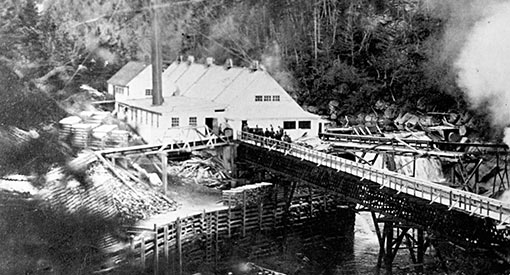
This is a late date for settlement considering that, nearby, Acadians had arrived in the 1600s, and Mi'gmaq and Maliseet long before that. The rugged coastline and quickly rising highlands were not particularly inviting. Rocky, acidic soils combined with cool summers and harsh winters were not conducive to prosperous homesteading. It was a good place for trees, however.
The unexploited wilderness soon became attractive as a source of lumber for the rapidly growing city of Saint John, eighty kilometres to the west, and for export to England, the Caribbean Islands and New England.
Several small communities grew within the existing park boundaries, populated by immigrants from Scotland, Ireland and England. The more desirable coastal land was the first to be settled. Many immigrants received land grants on the highlands where conditions were not good for farming, and many abandoned their land within a generation.
The forest inustry
The coastal settlements fared better. Small sawmills, shipbuilding and fishing operations thrived during the 1800s. Point Wolfe village, with its sawmill at the mouth of the Point Wolfe River, became the main settlement in the area.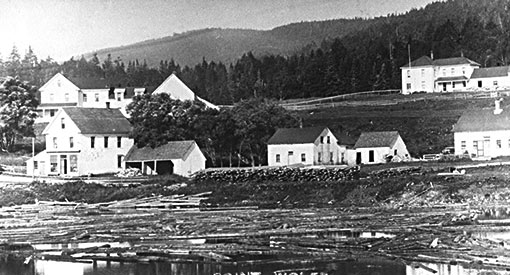
Jobs were seasonal in nature. Most men worked in winter lumber camps and on spring log drives as primary sources of income. Summer and autumn work focused on their farms. Women remained on the homestead year-round, left to manage the complexities of the household, farm and child rearing.
As with any resource-based industry, times change. The easily accessible trees had been cut by the late 1800s. Sawmill refuse had clogged rivers and nearby coastal areas, harming fish populations and preventing Atlantic salmon from entering rivers to spawn. The fishery declined. Wooden boats and sail gave way to steel and steam. By 1922 the large mills, river drives and shipbuilding were no more. People emigrated, seeking better opportunities in cities elsewhere in Canada and the United States. A period of decreasing population and declining economic activity followed.
Creation of the national park
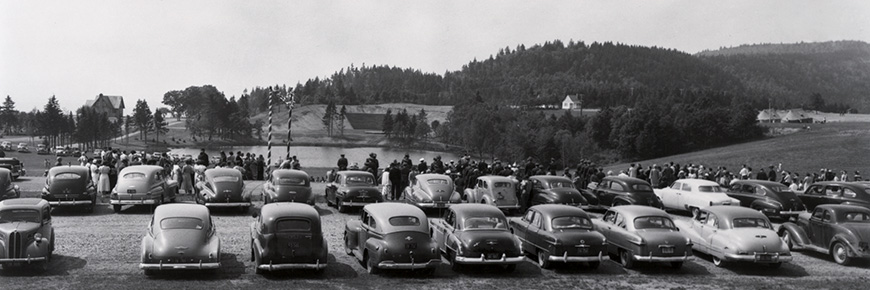
In 1948, this area of the bay of Fundy near the village of Alma, was chosen as New Brunswick's first national park both to stimulate the economy and to preserve the area's natural beauty.
Fundy National Park was proclaimed in the Canada Gazette on April 10, 1948. The minister responsible, the Honourable James Allison Glen, headed the Department of Mines and Resources from April 18, 1945 to June 10, 1948 under William Lyon Mackenzie King.
The park was officially opened on July 29, 1950.
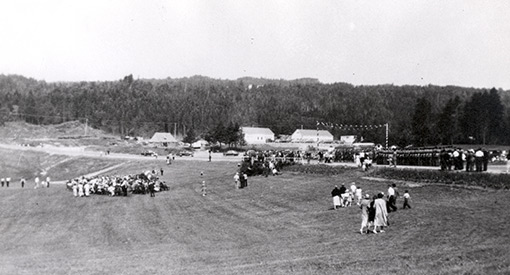
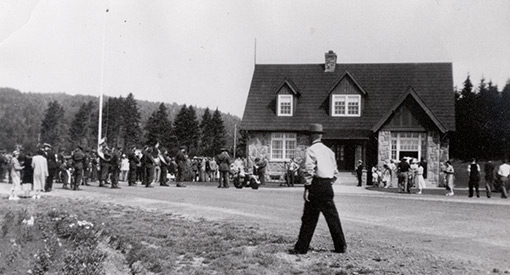
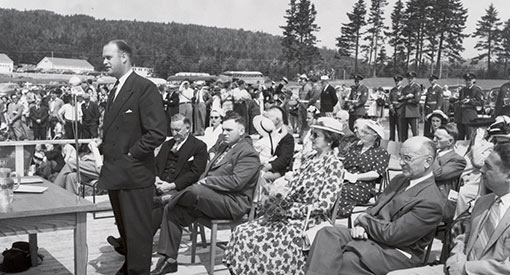
Related links
- Date modified :